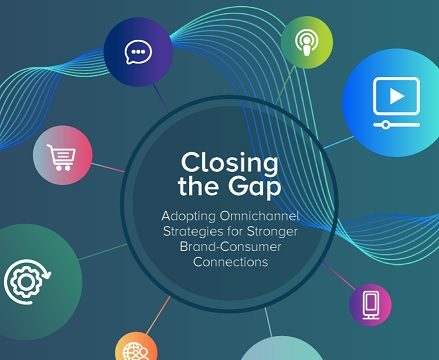Consumers have moved seamlessly across screens for years. Have brands finally caught up with them?
More digital transformation happened in 2020 than in the previous decade. The expansion of programmatically available inventory and platforms, the rise of new consumer channels, and the rapid acceleration of ecommerce adoption have converged, forcing brands to reframe their media strategy towards a holistic, integrated approach. But is it easier said than done?
It’s against this backdrop that Catalyst and Xaxis, in partnership with London Research, present Closing the Gap: Adopting Omnichannel Strategies for Stronger Brand-Consumer Connections. This original research report explores where consumers are spending their time and where advertisers are investing their media dollars, revealing opportunities for marketers to close the gap to their consumers using omnichannel strategies.
The report has some new insights like:
- The majority of marketers are moving their audio (59%), OOH (57%), In-Game (56%) advertising from traditional into programmatic buying
- 18-34 and 35–54-year-old groups are equally likely to use new channels and platforms like Fortnite and Twitch
- 74% of consumers visit an ecommerce site at least once a week and 56% of marketers are increasing their retail media and ecommerce investment
- 46% of marketers strongly agree their marketing budget has become more dynamic and real-time based on evolving consumer behavior
This is one of many key findings of this report: Brands have adapted at varying rates but there are still gaps between where consumers are spending their time and where advertisers are investing. In turn, this creates opportunities for those brands that lead with data, adopt outcome-based strategies, work with the appropriate partners and technologies, and are constantly testing new channels and platforms. Omnichannel marketing has found its moment.





